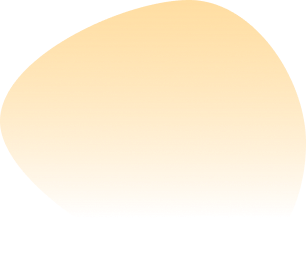
Keratoconus Treatment
Discover a full spectrum of EyeCare services, from routine eye exams and optical solutions to advanced treatments and surgeries—all tailored to protect and enhance your vision.
Why Choose EyeCare for Keratoconus in Maldives?
EyeCare Hospital is among the few centers in the Maldives offering advanced treatment for keratoconus, including Corneal Collagen Crosslinking (CXL). With cutting-edge diagnostic tools like corneal topography and pachymetry, we ensure accurate detection, precise treatment, and long-term monitoring to help protect your vision.
What is Keratoconus?
Keratoconus is a progressive eye condition where the cornea (the clear, dome-shaped front surface of the eye) thins and bulges outward into a cone-like shape. This irregular shape causes distorted vision, glare, and sensitivity to light.
The disease usually begins in adolescence or early adulthood and may progress for 10–20 years before stabilizing. Early detection is critical, as advanced keratoconus can lead to severe vision loss.
Get Consultation with Keratoconus Treatment Expert
Causes & Risk Factors
- Family history of keratoconus.
- Chronic eye rubbing.
- Allergic eye disease (such as vernal keratoconjunctivitis).
- Certain genetic or connective tissue conditions.
Symptoms
- Blurred or distorted vision not fully corrected with glasses.
- Increased sensitivity to light and glare.
- Frequent changes in eyeglass prescription.
- Difficulty driving at night.
Treatments at EyeCare
1. Corneal Collagen Crosslinking (CXL)
- Purpose: To strengthen the cornea and stop further progression of keratoconus.
- How it works:
- The eye is numbed with drops.
- Riboflavin (Vitamin B2) eye drops are applied.
- The cornea is exposed to controlled ultraviolet (UV-A) light.
- This process increases collagen crosslinks in the cornea, making it more rigid.
- Benefits:
- Proven to halt or slow keratoconus progression.
- Reduces the need for corneal transplant in many cases.
- Outpatient procedure with relatively short recovery.
2. Corneal Topography & Pachymetry
- Purpose: Essential diagnostic and monitoring tools for keratoconus.
- Corneal Topography: Maps the surface of the cornea, detecting subtle irregularities.
- Pachymetry: Measures corneal thickness, ensuring safe and effective crosslinking.
- Benefit: Allows accurate diagnosis, tracks disease progression, and helps in planning treatment.
Pre-Operative Care for Crosslinking
- Full corneal evaluation, including topography and pachymetry.
- Contact lenses must be stopped temporarily before the procedure (to allow cornea to return to its natural shape).
- Review of medical history, allergies, and eye conditions.
- Patients receive clear guidance on what to expect during and after treatment.
Post-Operative Care for Crosslinking
- Medications: Antibiotic and anti-inflammatory drops to promote healing.
- Protection: Bandage contact lens may be placed temporarily for comfort.
- Recovery: Mild discomfort, irritation, and blurred vision are expected for a few days.
- Restrictions: Avoid rubbing the eye, swimming, or exposure to dusty environments until healing is complete.
- Follow-Up: Regular check-ups with repeat corneal topography to ensure keratoconus has stabilized.
Advantages of Keratoconus Care at EyeCare
- Specialized treatment with CXL available locally in Maldives.
- Advanced diagnostic tools for precise monitoring.
- Experienced corneal specialists providing long-term follow-up care.
- Focus on early intervention to preserve vision and quality of life.
Book an Appointment

Testimonials
Read inspiring stories from patients who have experienced clearer vision and compassionate care with EyeCare, reflecting the trust and results we strive for every day
Frequently Asked Questions
A. No, but treatments like crosslinking stop progression and protect remaining vision.
A. Yes — crosslinking strengthens the cornea but does not reverse its shape. Vision correction may still be needed with glasses or regular lenses.
A. Yes, it is a globally accepted, safe procedure with strong clinical success when performed by trained specialists.

